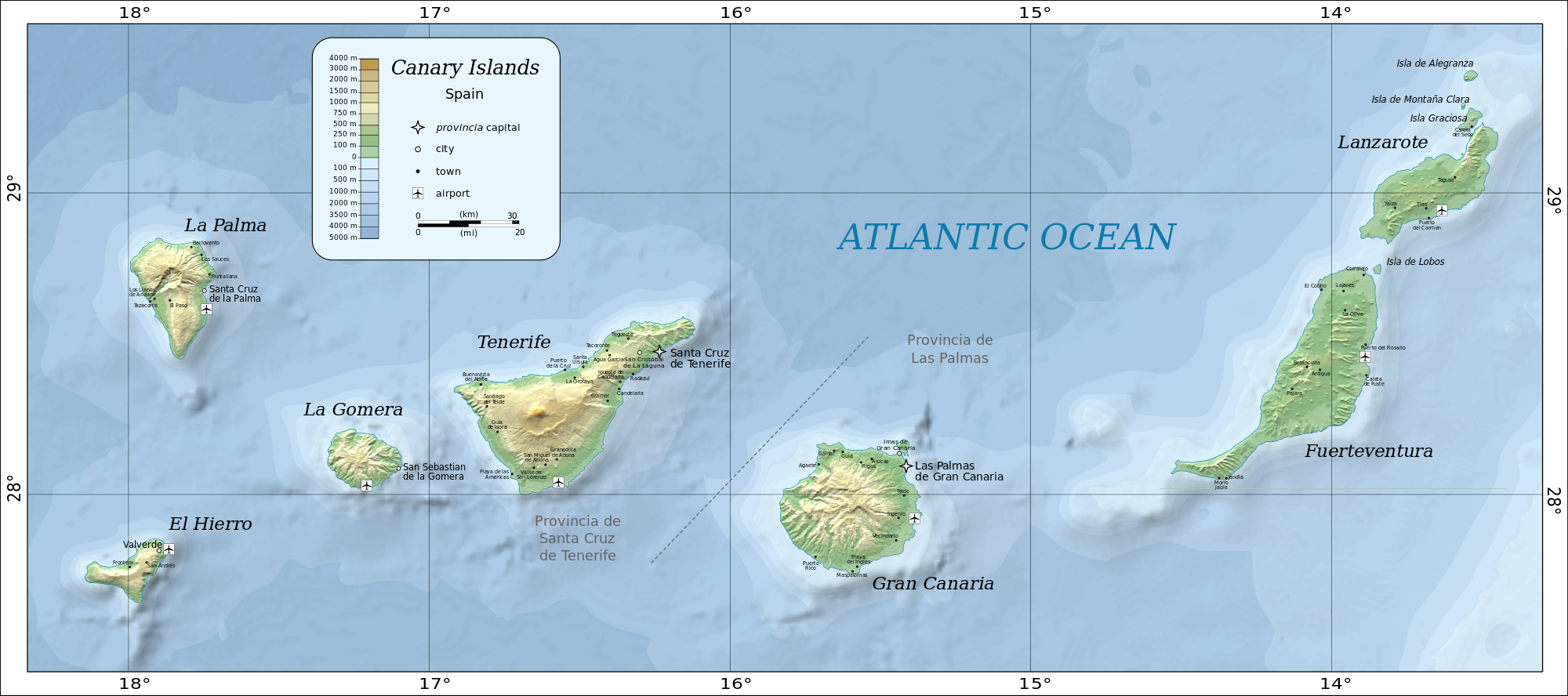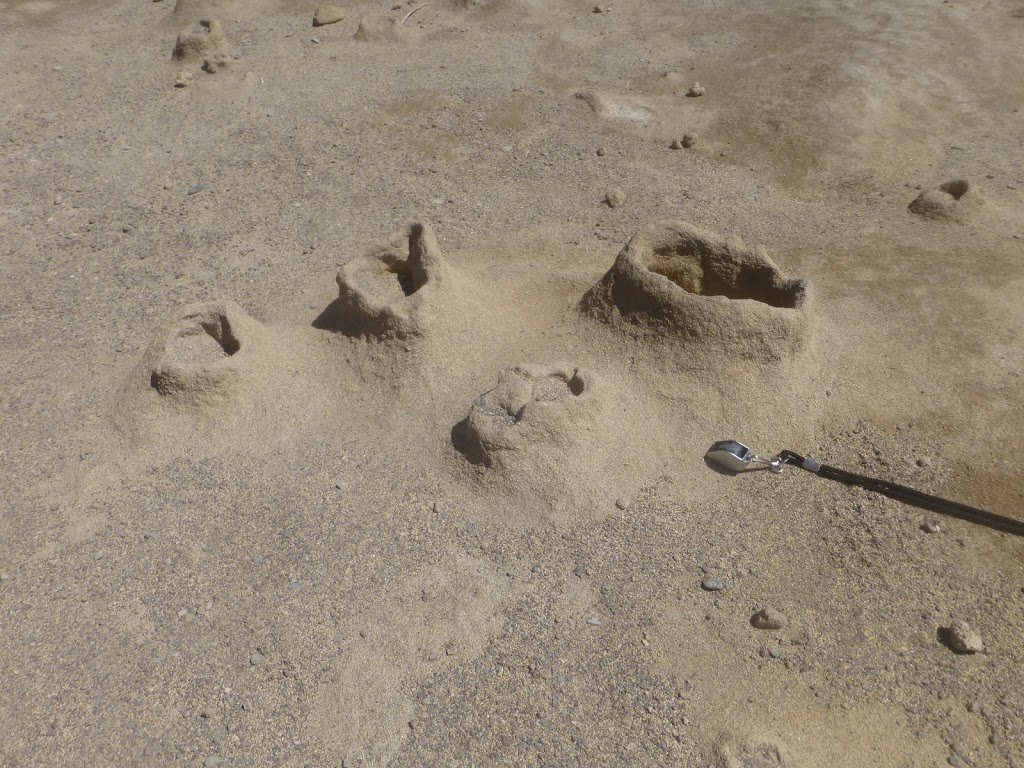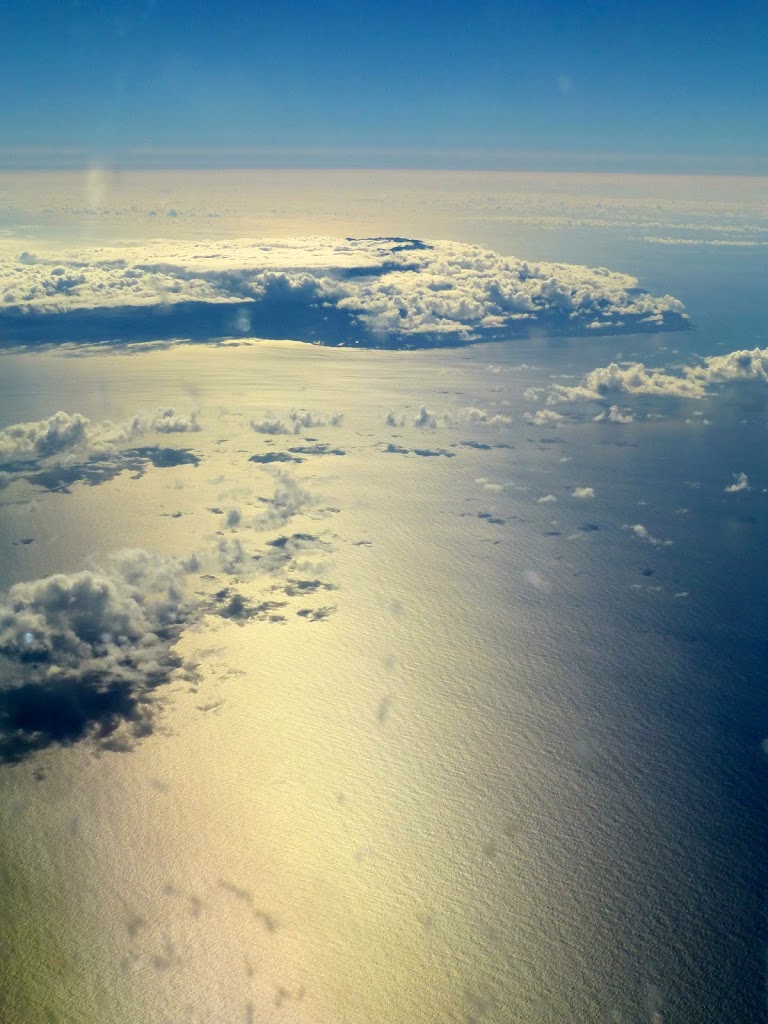 |
| La Gomera |
I am currently on the island of Tenerife, the largest of the Canary Islands. Initially, my wife, son, and I came to Tenerife for a relaxing holiday at the beach for the wife and son and a quiet place for me to finish a few manuscripts that have burning a hole in my hard disk. However, I could tell from the moment the islands first appeared outside my airplane window that the spectacular geology of Tenerife is too tempting to spend these three weeks on the veranda with a computer on my lap. For our first week we didn’t have a rental car and stayed relatively close to our apartment in Los Cristianos. Today, I picked up a rental car so we can use this next week to explore the island. The third week will be a manuscript deathmatch. This first post will outline a bit about general Canary Island and Tenerife geology and share some of the geology near our apartment followed by three other posts outlining the major eruptive phases over the past twelve million years.
The Canary Islands are a group of oceanic volcanic islands in the Atlantic Ocean on the continental slope and rise of western Africa. The islands lie 2000 km east of the Mid-Atlantic Ridge and 150 km west of Morocco. From east to west the islands are Lanzarote, Fuerteventura, Gran Canaria, Tenerife, La Gomera, La Palma, and El Hierro. The eruptive history of the islands extend from 22 Ma (Gran Canaria) until the present. Unlike the classic Hawaiian Island Chain whose eruptive ages decrease from west to east, all of the islands except for La Gomera have been volcanically active in historic or recent pre-historic times.
The origin of the Canary Islands is still controversial and not fully understood. The islands are much younger (>22 Ma) than the ocean crust they are built on (155 Ma). They lie on a very similar trend as the South Altas Fault Zone that might have played a role on the location of magmatism. However, most researchers today agree that the islands were formed due to some form of hotspot (mantle plume?) magmatism. Like the Hawaiian Islands they are elongate in the direction of plate motion, but as I mentioned there is no clear age progression.
These ocean island volcanos display the typical phases of their Pacific Island counterparts beginning with the shield building phase (similar to Mauna Loa). On Tenerife this phase is found on the three corners of the island. This is followed by the erosional and post-erosional phase. Generally the post-erosional phase is accompanied by small volumes of more evolved lavas and significant erosion (similar to Koʻolau and West Maui). An oddity in Tenerife is this phase was not expressed with small volumes of post-erosional magmatism, but with massive volumes of more evolved lavas. What makes the Canary Islands (especially Tenerife) so odd is the extremely low degrees of melting that has produced the magmas. Rather than producing evolved magmas such as dacites and rhyolites, this low degree of melting has produced massive volumes of silica-undersaturated trachytic and phonolitic lavas as well as basanites (the SiO2-undersat. mafic counterpart).
Last week we flew into the Tenerife South Airport and caught a cab to Los Cristianos. What started as a sleepy fishing village, Los Cristianos has become the tourist center of Tenerife. The landscape of Tenerife is dominated by Mount Teide. At 12,195 feet, Mount Teide is the tallest mountain in Spain and the tallest volcano in Europe (beating Mount Etna by over 2000 feet). This phonolitic stratovolcano last erupted between 940 to 660 A.D. I plan to summit this volcano later this week.
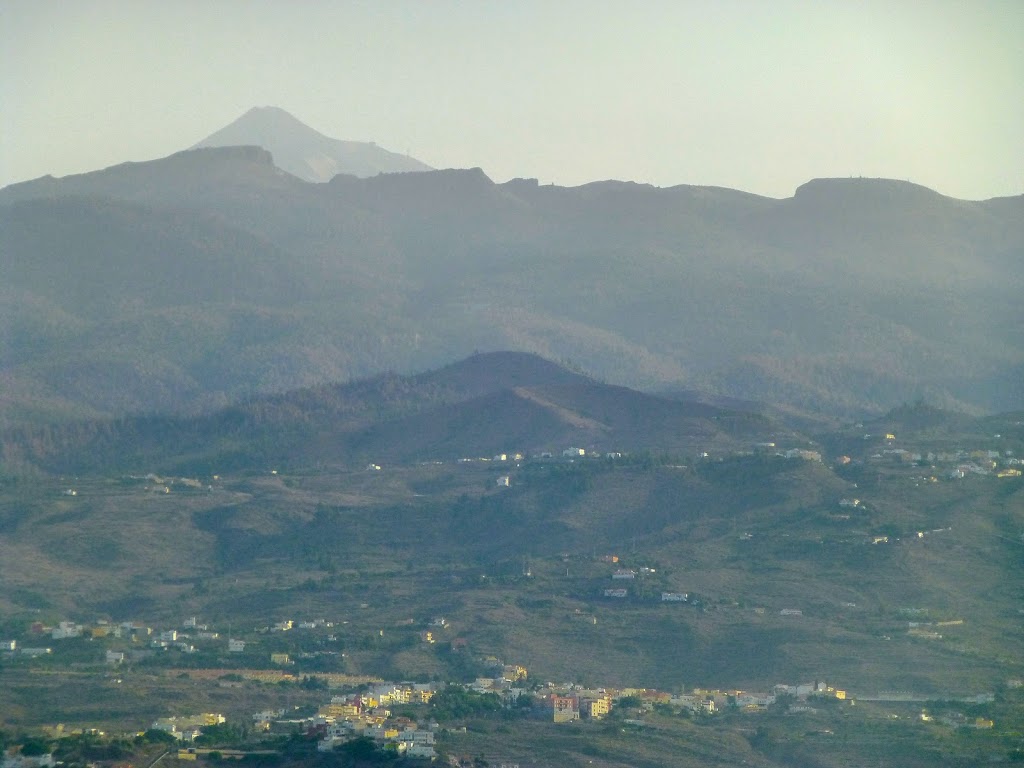 |
| Mount Teide |
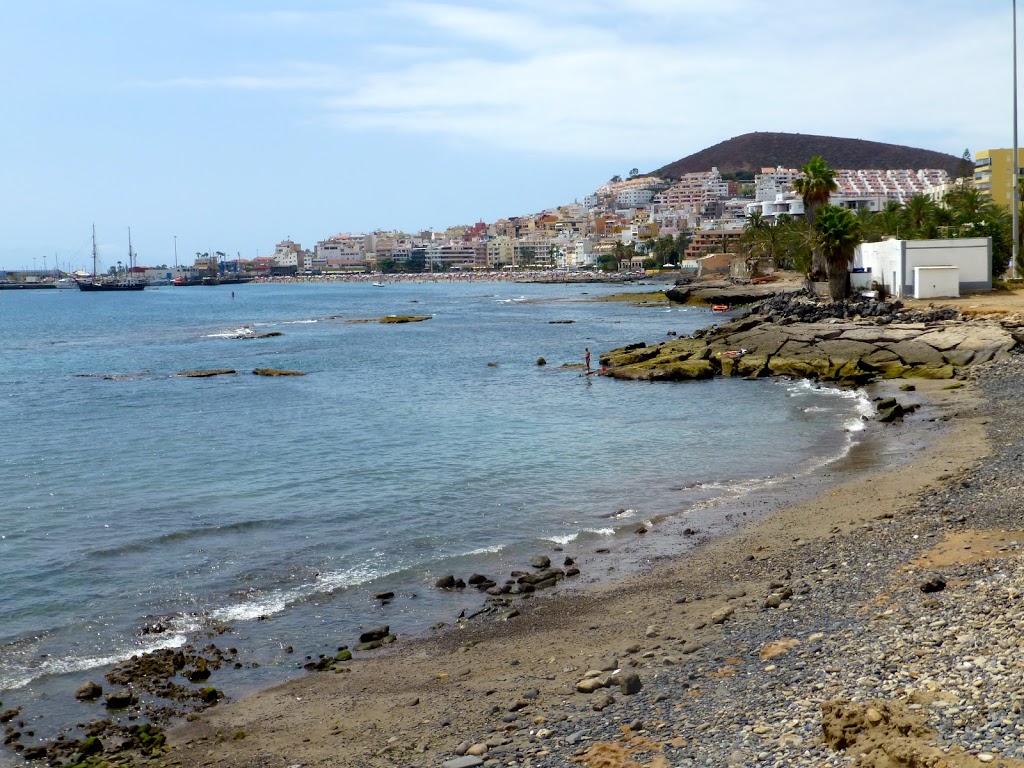 |
| Los Cristianos |
 |
| Candelabra cacti sprouting from a phonolite |
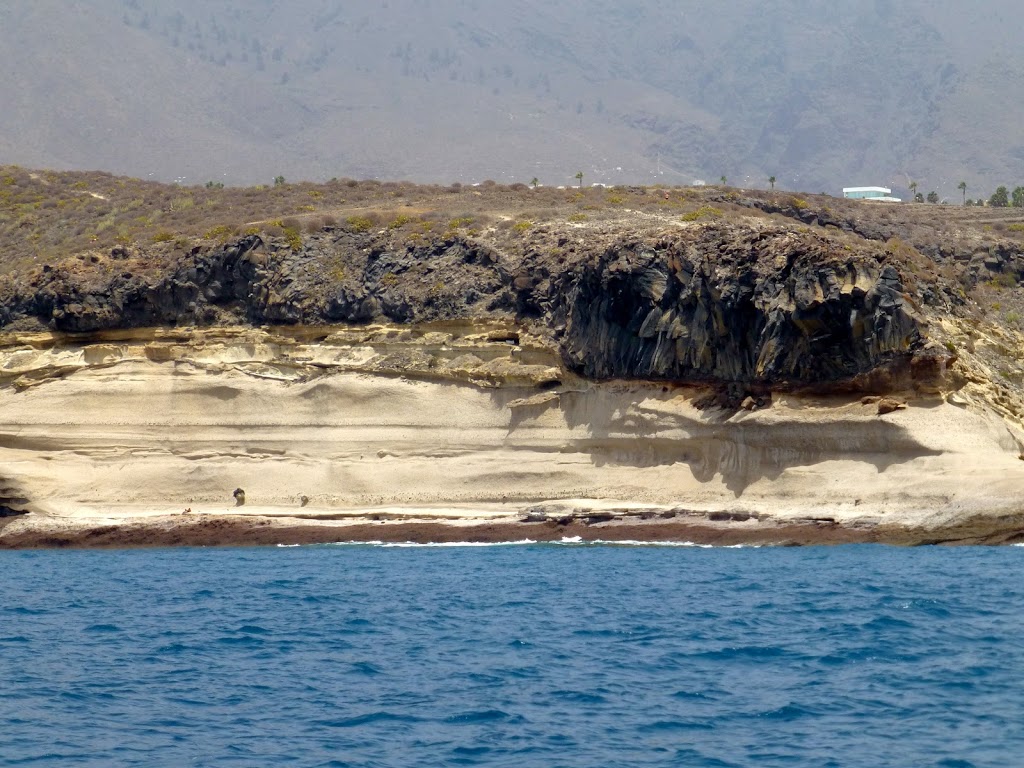 |
| Lava flow on top of pumice fall and ignimbrites |
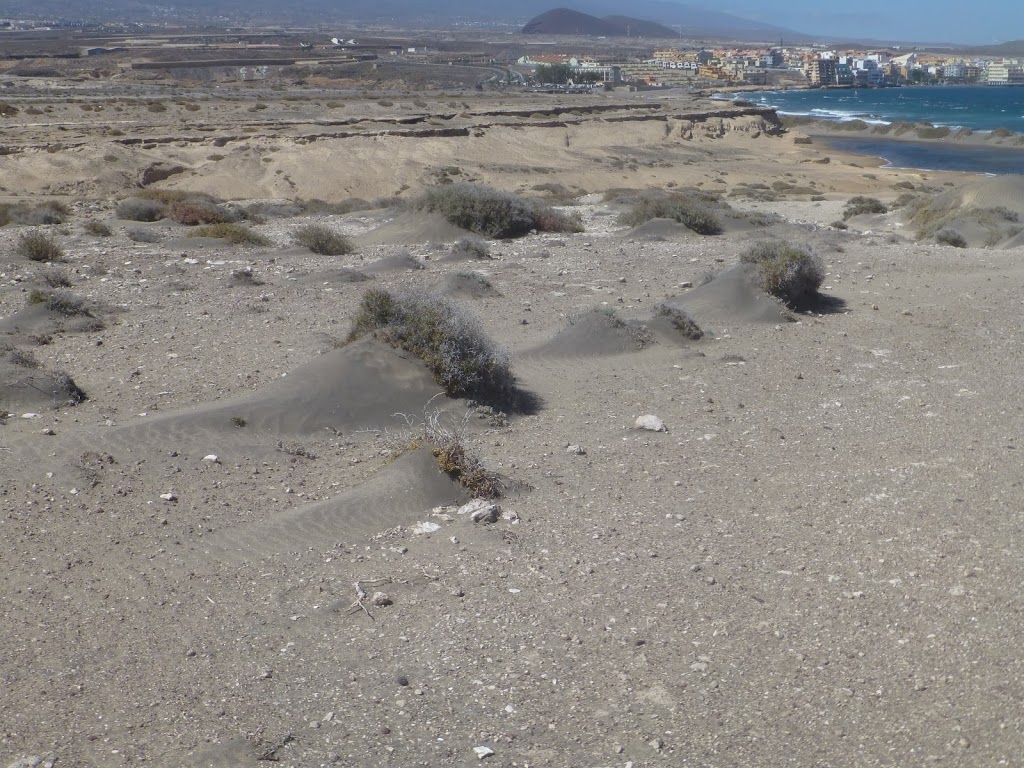 |
| Lee dunes |
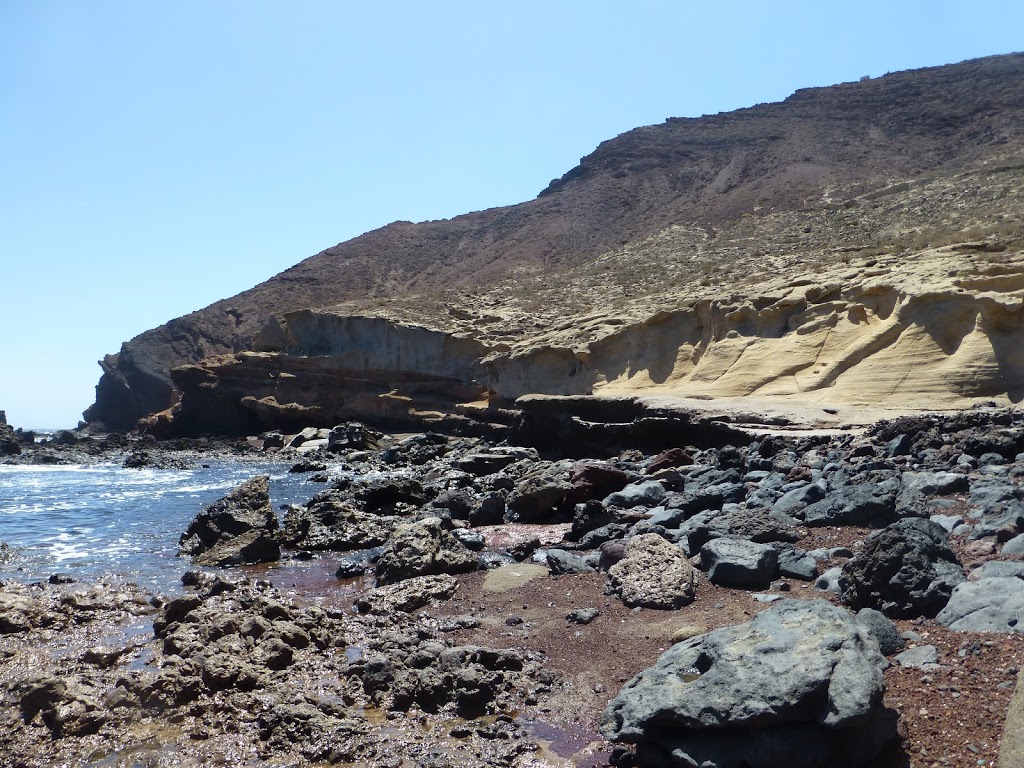
|
| Uplifted beach deposits |
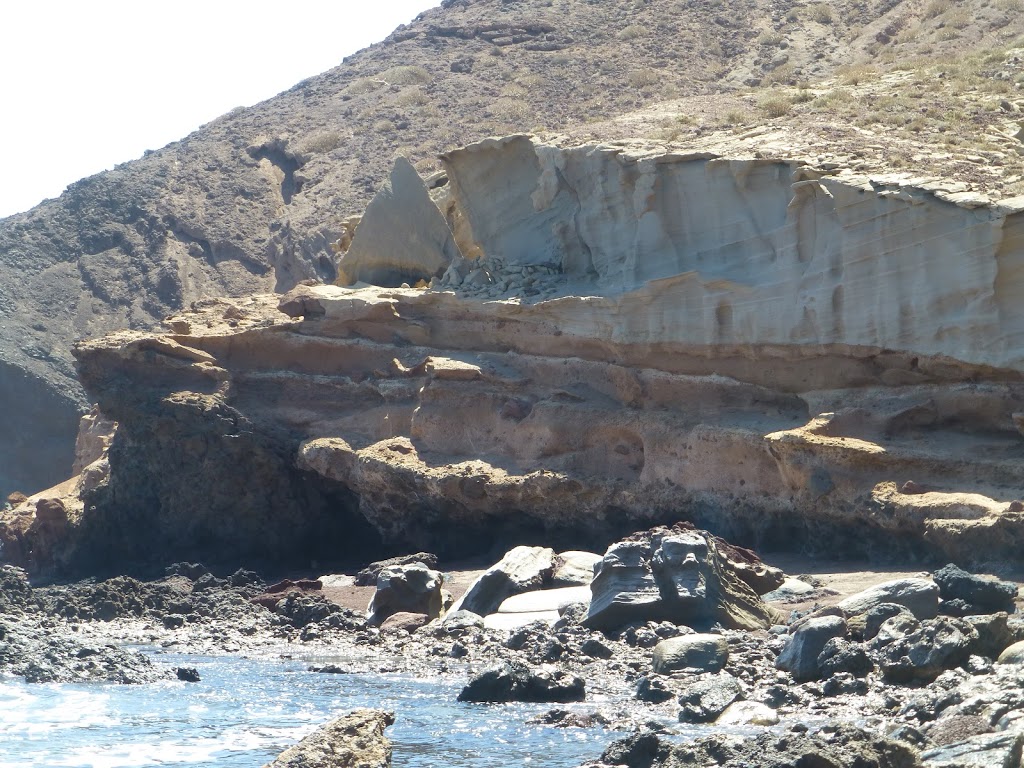 |
| Close-up of the uplifted early Holocene dunes |
These bizarre sand formations are found along a fault scarp cutting through the aforementioned stranded beach deposits. There are many hypotheses to explain their origin. There is even little consensus in the literature (see here, here, and here). Which one do you think fits best?
1) Volcanic activity can generate vents or tubular conduits through the injection of fluids and gases. The last volcanic episode in the area took place over 100 kya, while the age of the beach deposits is of the order of 10,000 years ruling out a possible direct volcanic origin, although hydrothermal processes could be the culprit if no significant volcanic activity was expressed at the surface.
2) Biological origin can also explain their origin as some marine and coastal organisms can produce channels and orifices in beach deposits.
3) Tsunamis produced by large offshore displacements and/or landslides could have generated pressure waves injecting seawater up through the beach sand. Large landslides are found all around Tenerife and large tsunami deposits from such events have been found through the Canary Islands.
4) The last possibility is a seismic origin. During a seismic event, upward directed hydraulic forces could potentially cause injection of water into these sands during liquefaction.
 This work is licensed under a Creative Commons Attribution-NonCommercial-ShareAlike 4.0 International License.
This work is licensed under a Creative Commons Attribution-NonCommercial-ShareAlike 4.0 International License.






![]() This work is licensed under a Creative Commons Attribution-NonCommercial-ShareAlike 4.0 International License.
This work is licensed under a Creative Commons Attribution-NonCommercial-ShareAlike 4.0 International License.
